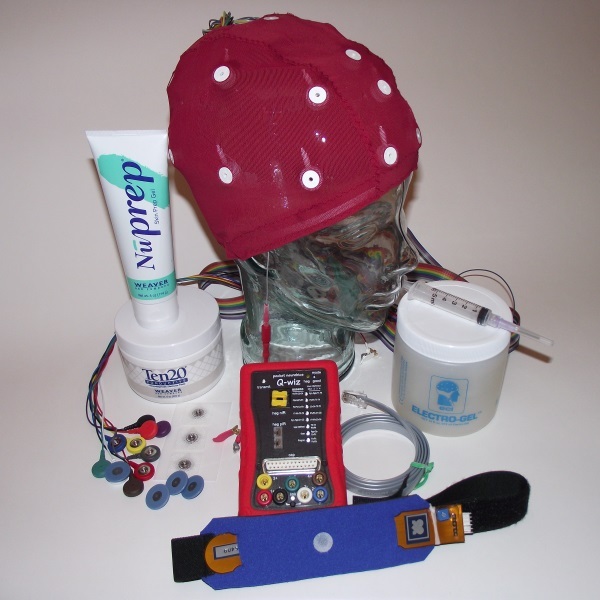.
WHAT IS NEUROFEEDBACK?
A Drug Free Alternative to better Well-Being
.
The Brain Training Process
Our approach to Neurofeedback training is aligned with international best practices and we consistently keep abreast of the latest research. We have a network of colleaugues around the world that we interact with on a regular basis, to ensure that we offer the most up to date services to our clients.
Our process is a 5-step process:
.
We do an assessment to see how your brain is functioning.
Based on the results of the individual assessment, we put together a Whole-brain training plan.
We implement the Whole-brain training plan for an initial 30 hours.
After the initial 30 hours, we re-evaluate to determine how many more hours are required.
We complete the brain training.
1. The Assessment
-
-
The assessment takes an hour and a half.
-
The assessment is done by placing an Electro-cap on the head. An Electro-cap looks a bit like a swimming cap with 21 electrodes on the inside and 2 ear clips to attach to the ears.
-
This is a non-invasive, one-way process and is purely used to gather information.
-
The assessment is done in a 5 phase process.
-
The assessment is used to determine how your brain is functioning and where it goes to retrieve information. It determines what imbalances are in place that can be the cause of any number of areas of distress:
.-
-
Depression markers
-
Trauma patterning
-
Retrieval of information
-
Internal well-being
-
Emotional coping strategies
-
Stress and anxiety
-
Concentration
-
How effectively both sides of the brain work together
-
Quality of short-term memory
-
Sleep
-
And more
-
-
-
Once the assessment is complete, we process the data gathered and give you verbal feedback.
-
We can then work out your Whole-Brain training plan tailored to your specific requirements.
-
As the feedback on the assessment is quite intensive and there is a lot to remember, this is followed up with a written report.
-
2. Whole Brain Training Plan
-
- The training plan is individualised according to each person’s assessment.
- Protocols are chosen to be used at specific brain sites to address the patterning as revealed in the assessment.
3. Brain Training (Neurofeedback)
-
- Brain Training is an investment in your long-term health.
- Most adults need in the region of 40 hour-long sessions to experience the full benefits of brain training and most children need in the region of 30 hour-long sessions to experience the full benefits of brain training.
- To facilitate this process we book the initial 30 hours up front and at the end of the 30 hours we evaluate where you are at and then agree on how many more hours are needed.
- These sessions happen in either 1 hour or 2 hour slots.
- Usually 3 sessions are booked in the first 2 – 3 weeks.
- After the first this period, sessions can be further apart, however a minimum of 2 x 1 hour sessions need to be booked.
- What this effectively means is that your brain training is spread out over a period of time.
 The above are recommendations for the most effective option for brain training.
The above are recommendations for the most effective option for brain training.
During a Neurofeedback session the Electro-cap is placed on your head again. You will also be using earphones. The sensors (electrodes) detect your brainwaves to see your brain in action. A computer compares your brain activity to targets or goals set for you to reach. Reward and inhibitor sounds (heard through the earphones) and images (seen on the screen) tell you immediately when your brain reaches your goal and when not – when you are activating or suppressing the target area of the brain.
Neurofeedback can feel very passive. Many protocols require you to have your eyes closed, some you have your eyes open and you may watch a dvd or play a game. You may even fall asleep while you are training – this is okay, as you get out of the way of your brain and it can get on with what it needs to do. While it may feel passive, your brain is working extremely hard, even if you are sleeping.
4. Re-evaluate
5. Complete Training

